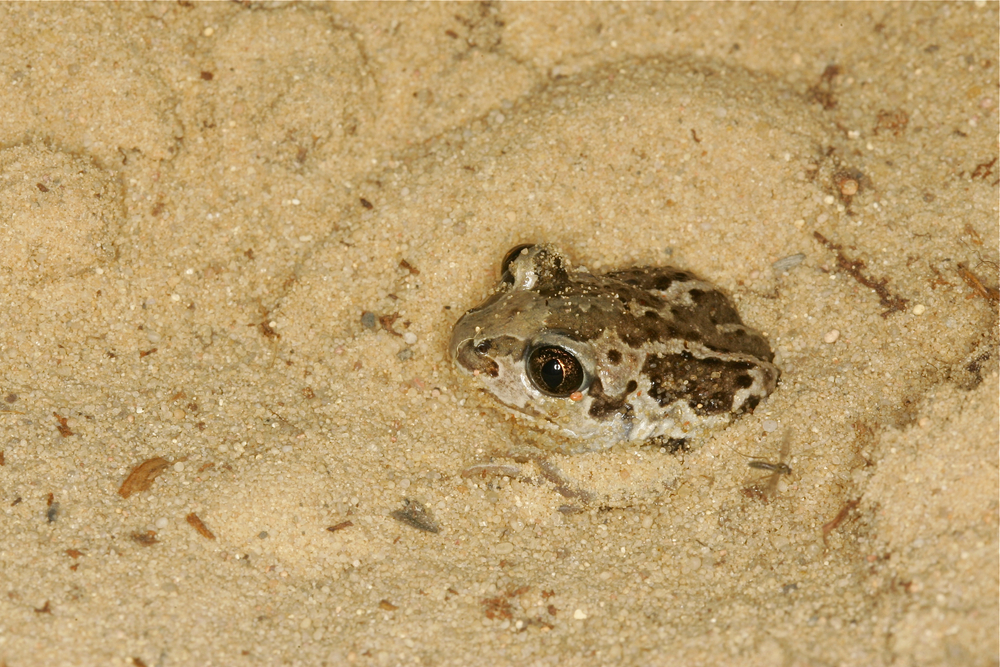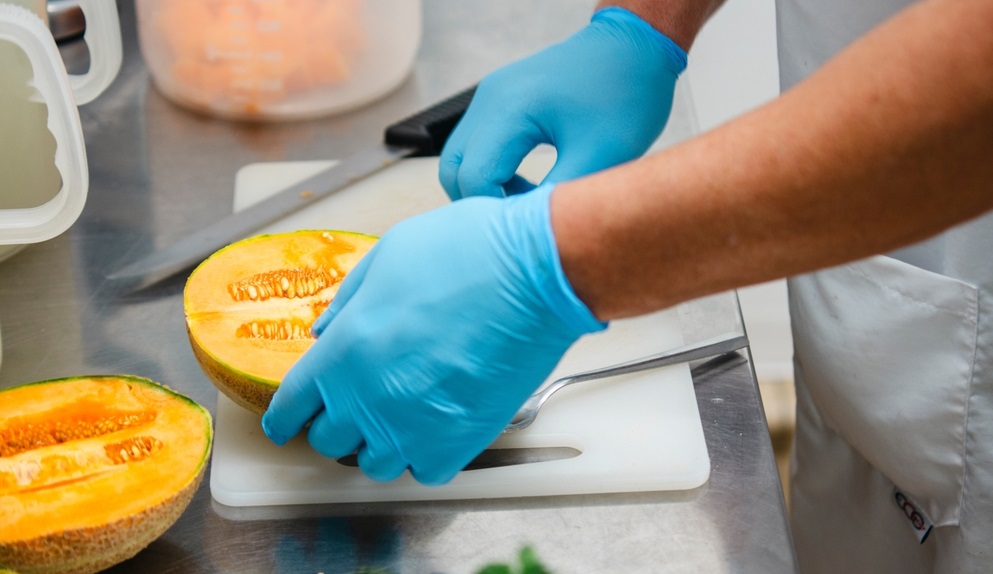More than 250 PhD students receive their PhDs at WUR every year. It is impossible to describe and summarize all these theses. In the column ‘PhD theses in a nutshell’ the selection of our science editors is briefly presented.
The right strips
Strip cropping increases yields and makes more efficient use of nutrients. But the effects are complex. The benefits depend a lot on which crops are grown in combination or in sequence, as research by Zishen Wang from China shows. He experimented with the grains maize and wheat and the nitrogen-fixing plants peas and broad beans. Maize is harvested relatively late, the other three crops early in the season. The harvest time is crucial. Combinations of early and late harvests give higher yields than a monoculture. That is because plants in sequential strip cropping are then better able to capture the available light. They spend more time in the sun and don’t get in each other’s way. Strip cropping with plants that grow at the same time leads to lower yields overall.
Productivity and Resource Use Efficiency in Strip Intercropping in the Netherlands
Zishen Wang. Supervisors Wopke van der Werf, Tjeerd-Jan Stomph and Jochem Evers.
New colonists
Bacteria that colonize an agar culture medium sometimes create mini-bacteria. Linda Huijboom shows this in her study of the spread of the well-known pathogenic bacterium Bacillus cereus. The spherical mini-bacteria are better able to resist heat treatment than their much larger, rod-shaped parents. It is the first time this phenomenon has been shown. Previously, the production of mini-cells was only known to happen in exceptional circumstances. The mini-cells in Huijboom’s experiments can grow into ordinary rod-shaped bacteria. The mini-cells seem to be a trick the bacteria use to grow successfully and survive.
Bacterial Colonization of Surfaces
Linda Huijboom. Supervisors Tjakko Abee and Erik van der Linden.
Life after death
Wild boar are the most important scavengers in Dutch nature areas. That is shown by a study by Elke Wenting of the breakdown process of animal carcasses in De Hoge Veluwe park. Wild boar mainly contribute to the breakdown process, and therefore also the spread of nutrients from the carcasses, in the periods when the boar are most active. Some of the nutrients disappear into the soil. That means the carcasses function as a kind of natural fertilizer. Wenting shows that maize grown in carcass fluid grows up to nine times faster. The mix of elements in this ‘carcass fertilizer’ differs a lot depending on the animal and species. Research on fallow deer shows the variation is related to the sex and age of the animal.
No Life Without Death
Elke Wenting. Supervisors Frank van Langevelde and Henk Siepel (Radboud University).




